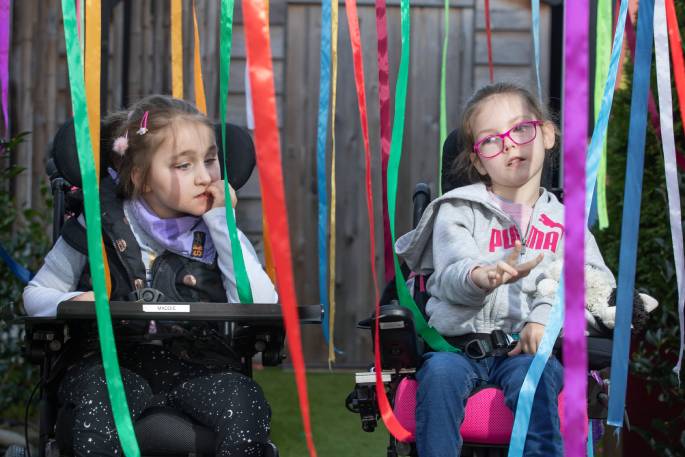‘Garden' was the first word of a five-year-old Tauranga Special School student after the school created a sensory garden and pathway to provide a calm and stimulating space for its children.
Tauranga's Special School is for students aged five to 21 who have intellectual disability, sensory or visual impairments, or health issues.
About 18 months ago, the school received $40,000 in funding from Mitre 10 Helping Hands to create a sensory pathway and garden and about $50,000 from TECT.
'I was looking to use areas that could provide a couple of meaningful spaces for our students in wheelchairs and sensory integration issues to go outside. Meaningful spaces are so important for our students to experience and learn about their world,” says professional learning leader Jo Crean, who spearheaded the project.
Jo did a Zoom consultation with sensory guru, Richard Hirstwood in England. The garden and pathway contains sensory elements including musical pipes, colourful ribbons, a dark room and more.
'The garden is the place where students can go to just sit and enjoy a garden that's got different fragrances and things they can look at and interact with, a calming down spot.”
The darkroom provides a place for students to focus, says Jo.
'They live in a world where there are so many things going on that sometimes they can't gather their thoughts, so the dark room and sensory garden is a place to interact and calm down in a quiet way and focus them on one thing.”
Since installation, the garden and pathway have definitely made a positive difference, says Jo.
'One of our boys Israel...his first word was ‘garden' because he's a real outdoors type of boy and loves insects.
'[It was] his first word ever and he was five-and-a-half...he went and pointed at the visual and said ‘garden' – at that level it's just amazing. All that progress that he's made means he's gone to Brookfield to one of our satellite classes.”
The garden's sensory experiences and pathway support students to become more receptive to the world around them in their own way, says Jo.
'Its purpose is to trigger various neurological experiences, some of which are new, some familiar and often exciting combinations.”
This allows students to improve elements of their cognitive function while in a safe, relaxing environment; 'or it can be a calm, relaxing space where body and mind relax and just be”.



0 comments
Leave a Comment
You must be logged in to make a comment.